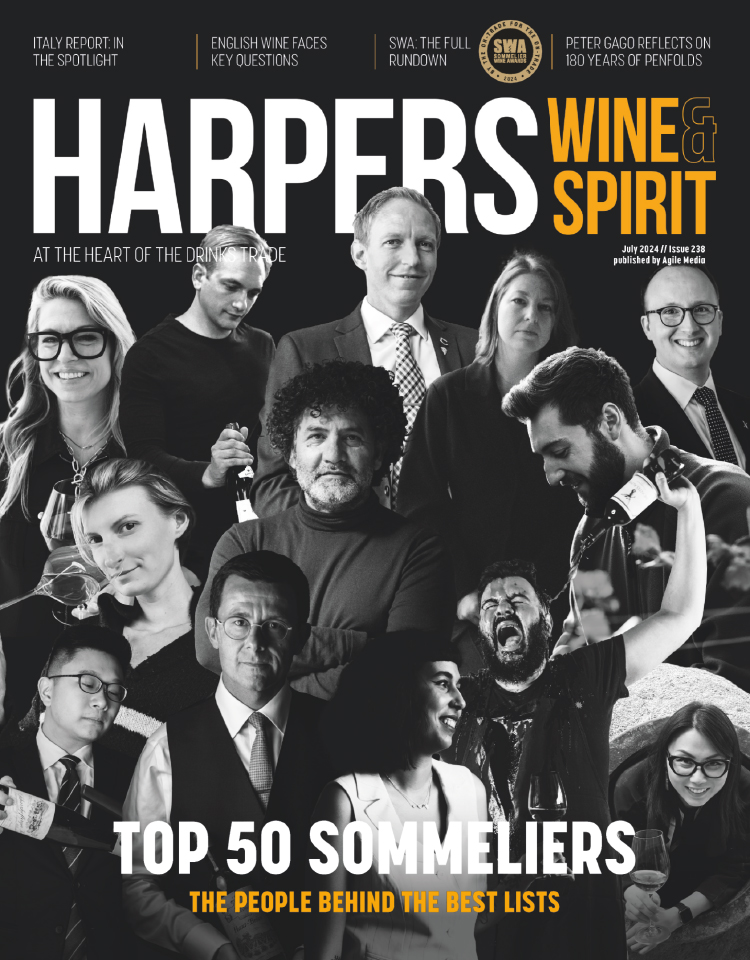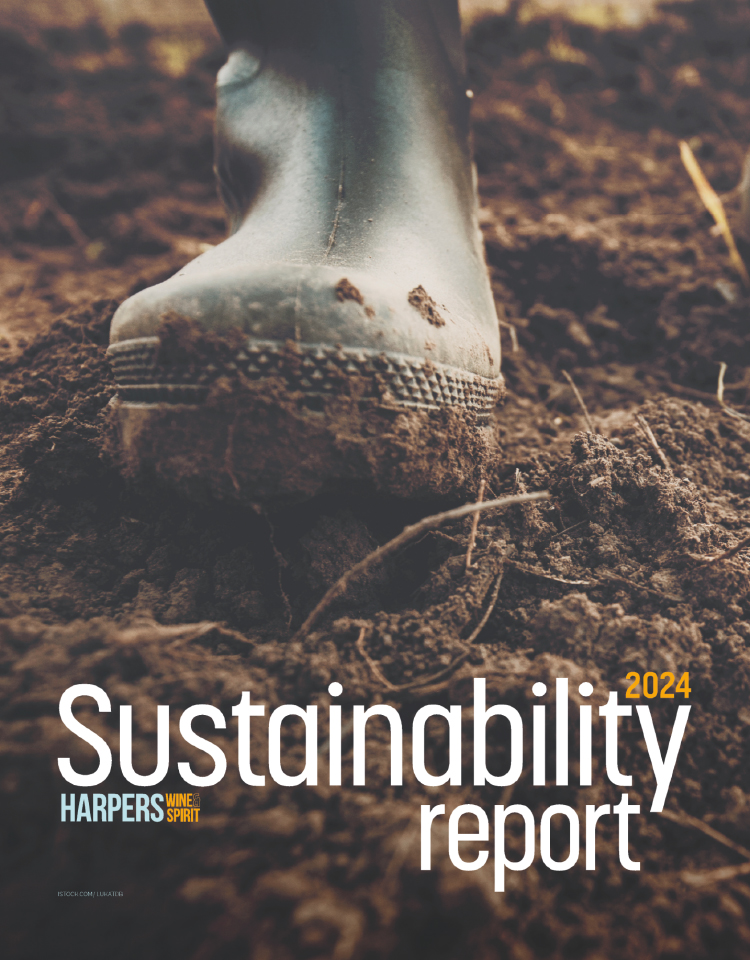Wheels within wheels
Sunday Times motoring journalist Jeremy Clarkson likes South Africa, and not only because it's one of the best driving countries anywhere on earth'. Following his recent trip here to review the Jaguar XK convertible, he waxes truly lyrical: For 30 years I've toured the globe looking for the same light that we saw in Butch Cassidy and the Sundance Kid, when Paul Newman takes Katharine Ross for a spin on his new bicycle. You know what I'm talking about: that dandelion-flecked morning promise of warm summer breezes to come. Well it's there, in South Africa.'
As for Cape Town: Oooh, what a place,' he says.
This - and I'll take no argument, thanks - is one of the world's great cities. And South Africa, despite the hilarious attempts to make wine, is one of the world's great countries.'
As you'll have gathered, he did not love our wine. You certainly don't go to South Africa for the viniculture' he asserts. We stayed at a vineyard and on one evening they took us to the cellar, which was full of huge steel vats and pressure gauges. It was like being in a nuclear power station.'
The finished product, too, tasted pretty much like the stuff that comes from the outlet pipe at Sellafield. I doubt the French would put it in their windscreen washer bottle'.
Not that it seems to have stopped him drinking: [Jaguar] provided 16 chauffeur-driven long wheelbase XJs to ferry
us around when we were drunk.' But Clarkson does get me thinking about a number of things.
Firstly, having South African wine likened to radioactive waste would be unfortunate at the best of times, never mind when a bolt that fell' into the generator at Koeberg, the nuclear power station just outside Cape Town, which has at least partly been blamed for the crippling power cuts that have hit the Western Cape in recent weeks. With harvest under way, some winemakers have bought expensive back-up generators, while others have resorted to dry ice to prevent runaway ferments - and many have simply had to halt harvesting for as long as their cellars cannot process grapes.
On top of last year's drought and this year's south-easterly winds that blasted vineyards and fanned bushfires prior to the harvest, the power cuts are expected to result in a smaller harvest than previously estimated (down from 1,283,850 tons to 1,245,182). This could be seen as good news, at a time when leftover stocks of bulk and bottled wine are already uncomfortably large, and when it is difficult for local producers to make a profit when the exchange rate is below R12 to the pound (let alone holding steady at around R10.70).
The problem is that white wines have been worst affected - and while there is a surplus of red wine following the plantings that have taken place since the late 1990s, there's already a colossal shortage' of white wine, according to Henk Bruwer, the chairperson of Wine Cellars South Africa (WCSA), which represents the majority of local cellars.
There is simply not enough Chenin Blanc and Sauvignon available for the industry's local and international client base, especially regarding the bulk category,' he says.
South Africa may currently be the eighth-largest producer in the world, but it only had just over 100,000 hectares (ha) under vine in 2004, compared to Spain with 1.2 million ha and even China with 450,000ha. The burning question is: Why is it still trying to compete globally in terms of volume at all? Especially if, as Bruwer says, it has to import cheap bulk white wines from countries like Argentina to keep its clients supplied. Add to this the fact that the wine being bottled overseas can also be labelled Wine of Origin South Africa even if up to 20% of it comes from somewhere else (as is rumoured to happen, particularly in the Netherlands), and the reputation of Brand South Africa risks being undermined even further.
Yet bulk wine exports soared by 22.3% to 90,587m litres in 2005 while bottled wine exports were down 1.5%, according to South African Wine Information & Systems (SAWIS). It seems that the nuclear power station' side of wine production is a harsh reality even as Wines of South Africa succeeds in building the 5-plus sector in the UK.
It still beggars belief, however, that Jeremy Clarkson and co were shown huge steel vats and pressure gauges' rather than Cape Dutch architecture and 300-year-old barrel rooms. Perhaps the organisers thought technology would appeal to a group of motoring hacks who find beauty in the inner workings of a Jaguar engine? Either way, I trust that those attending Cape Wine 2006 from 4-6 April will leave with
a better impression.






